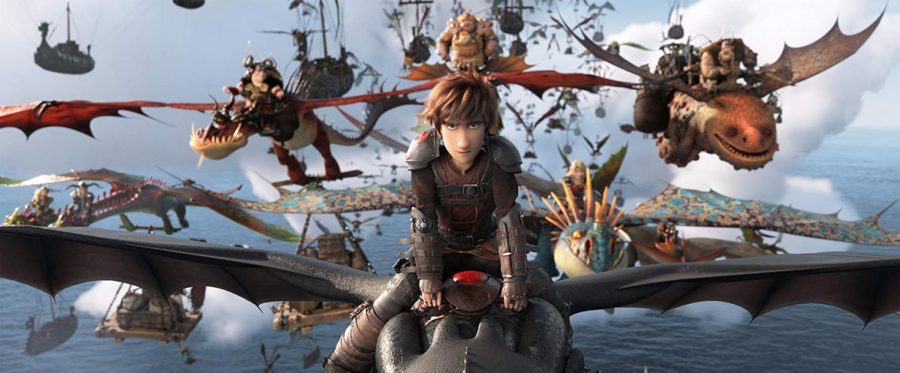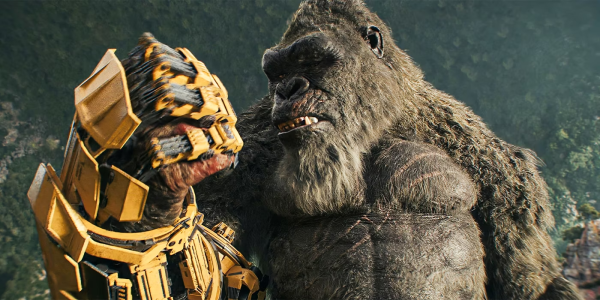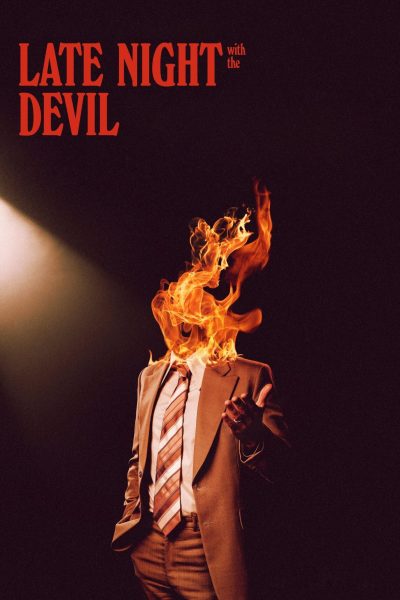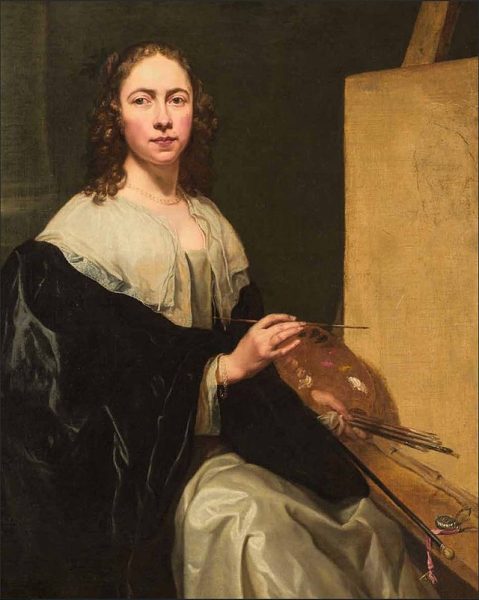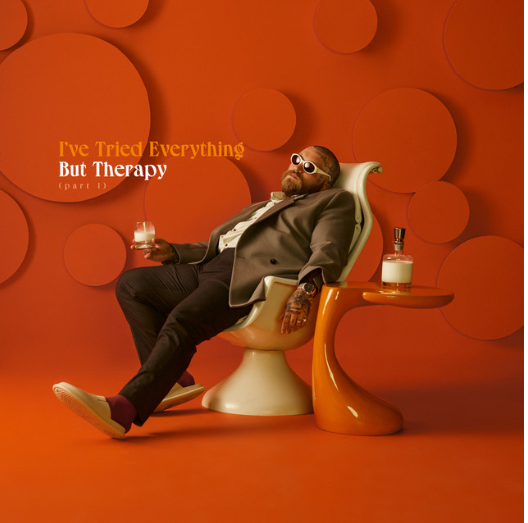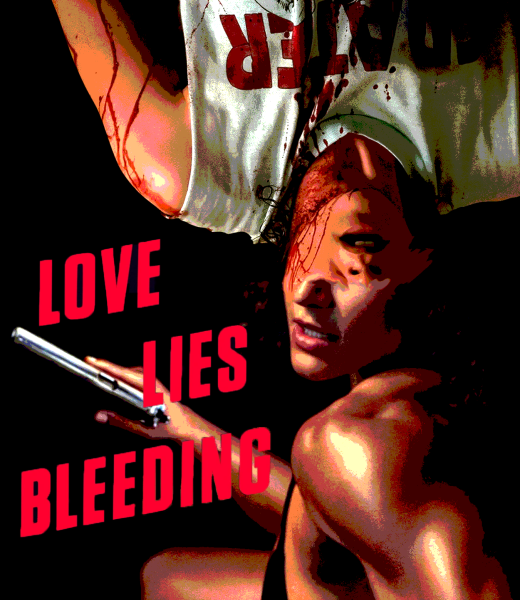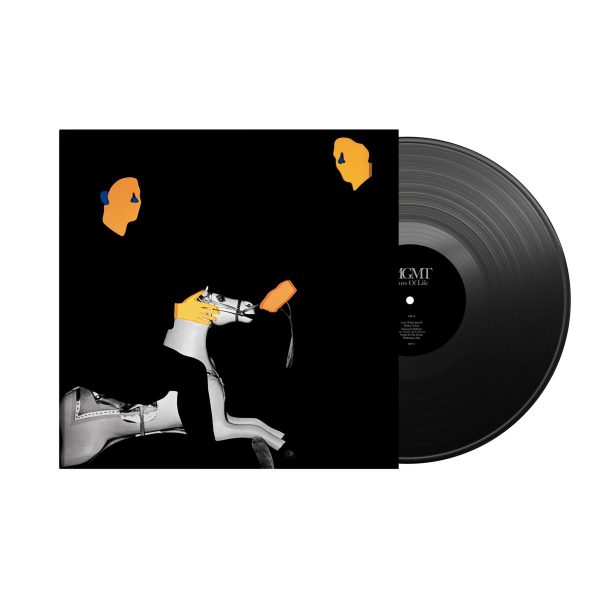“How to Train Your Dragon” is a Hidden Gem
DreamWorks Animation is known for its comedic animated movies, producing both the “Shrek” and “Kung Fu Panda” series. Now, DreamWorks wraps up the “How to Train Your Dragon” trilogy with “How to Train Your Dragon: The Hidden World,” directed and written by Dean DeBlois. The film contains a beautiful balance of jokes, artistry and sentimental moments.
“The Hidden World” takes place a year after the second installment of the series. The colorful cast of characters live in the Viking village of Berk, which previously saw dragons as a presence to be feared. The children were originally trained to hunt and kill dragons, but the main character, Hiccup (Jay Baruchel) actually meets a “dangerous” dragon and befriends him, naming him Toothless. Throughout the series, he convinces the people in his town that they ought to be amicable with dragons. He inherits the role of chief from his father and leads the village to peace. In the new installment, Toothless meets a female dragon, a Light Fury, who he instantly falls in love with. However, the Light Fury is skittish and fearful of humans due to a ruthless dragon hunter, Grimmel (F. Murray Abraham). Hiccup has to walk the line between letting Toothless free to be with another dragon and keeping him in Berk as his best friend.
One thing I always look for in animated movies is content that adults can enjoy. Thankfully, the film moves fairly quickly and doesn’t dwell on filler scenes. It focuses on developing the plot and characters more than extraneous comedic scenes, holding the audience’s attention. “The Hidden World” clocks in at a 104-minute runtime, which is a relief from the 120-minute film trends. When the film does incorporate comedy, it utilizes more intelligent jokes—even referencing flat-earthers, for example—rather than relying on physical comedy and slapstick. I found the movie to be more focused on the story, which catered to the adults watching and, in my opinion, is a refreshing change for children.
For me, the film was remarkable because of the elements outside of the plot that shape the movie. The animation was stunning. You could see the details of every single strand of hair or even a snot bubble in a young child’s nose. The water, clouds and crystals were so realistically animated that I felt like I was watching a live-action film. During the scenes where the characters ride dragons, the sharp camera turns combined with hyperreal imagery made the audience feel like they were in the sky as well.
Each dragon was distinctly designed, with no two dragons looking alike. Some dragons mirrored their human counterparts’ personalities. I found it interesting that the dragons were not all designed to be symmetrical and beautiful like they are in most media. Instead, the artists focused on representing different personalities with varying teeth, colors, shapes and sizes. It draws the eyes of both kids and adults alike. Battle scenes were visually entrancing as well—sharply contrasting a natural, wooden color palette with the bright colors of dragons.
A beautiful score composed by John Powell tied together the breathtaking scenery with the emotional whirlwind of the plot. In a world oversaturated with formulaic scores, Powell creates complex songs that reflect the confusion, fear or triumph of each scene. Aesthetically, the film appeals to all ages and is colorful enough to hold the attention of kids.
Overall, the film was a 7 out of 10—with an enjoyable plot, cinematography and score. “How To Train Your Dragon: The Hidden World” provided a conclusive ending to an exceptional animated trilogy, known for an intricate fantasy world and heartfelt moments.
Your donation will support the student journalists of Saint Louis University. Your contribution will help us cover our annual website hosting costs.


